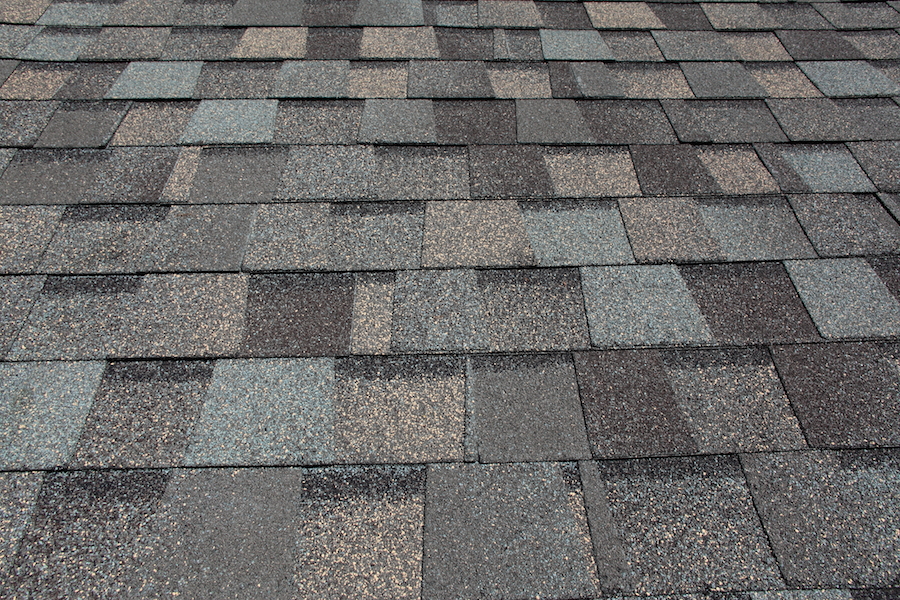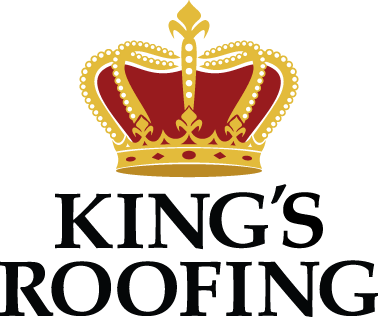What Kind of Flat Roof Material Is Best for Energy Efficiency?

Many families really care about the impact their lifestyle has on the environment. At the same time, who doesn’t want to save as much money as possible on energy costs? Plus, energy efficient homes may qualify for tax benefits or perks from the local government. What type of roofing should you choose for your flat roof if you want to maximize your home’s energy savings?
What Types of Flat Roof Materials Offer Maximum Energy Efficiency
There are three main options for energy efficient flat roofs: TPO, EPDM and SPF. Each option has different benefits and cost considerations, but all three can reflect sunlight exceptionally well.
The advantage of thermoplastic olefin, or TPO, is that it’s resistant to puncturing, impacts, heat and cold. This material has seams, but professionals weld them together so tightly that they act like a single piece. TPO is a great choice for parts of the country with extreme changes between hot and cold weather.
EPDM is a rubber roofing material. It’s relatively inexpensive, easy to install and simple to repair. In order to make it energy efficient, EPDM needs a special coating applied from time to time.
Spray roofing, or SPF, is a newer option growing in popularity. Instead of coming in sheets, SPF is sprayed onto the entire roof. The foam provides great moisture resistance and insulation from heat and cold. Afterwards, a special coating is applied for extra durability.
Why Energy Efficiency Is Especially Important for a Flat Roof
Flat roofs have to deal with a lot of sunlight all day long. In addition, the design of a home with flat roofing usually means making sacrifices in terms of insulation. Homes with sloped roofs may have an attic to help reduce interior heat somewhat, but most flat roofs don’t allow for this. That means that looking for a coating or roofing material that is energy efficient is extremely important, both for your wallet and your family’s indoor comfort.
